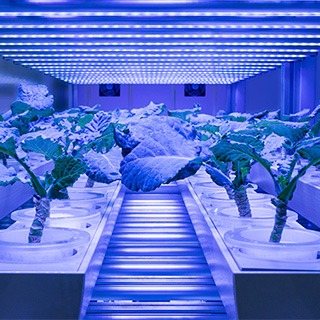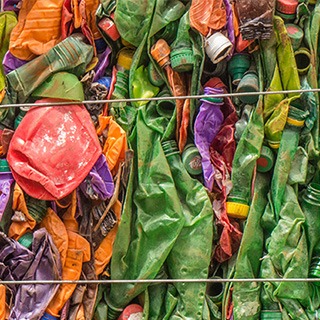
Circular and special
CEC faculty are often amongst the most cited thought leaders in the circular economy sphere and regularly publish in journals such as Harvard Business Review, Thunderbird, California Management Review and Stanford Social Innovation Review. Most recently they have been guest editors for a special edition on circular economy of the Californian Management Review.
Director Khal Soufani and two Fellows of the Circular Economy Centre at Cambridge Judge are guest editors of a new special issue of the California Management Review on the circular economy. The special 180-page issue of the publication includes eight articles on such topics as 3D printing and the circular economy, transforming Chinese industrial parks into eco-industrial parks, and shareholder views on the circular economy. This special issue also includes video, and blogs by the CEC team as well as other academics from across the globe.
Resources
Nature as a Model: 3D Printing and the circular economy
Access the special issue of the California Management Review

Circular technology and agriculture
It is an urgent prerogative to find alternative farming solutions that will effectively address food scarcity, security and price increases. The Circular Economy Centre explores the alternative solution of vertical farming in controlled containers.
Technology and farming
‘Vertical farming’ can help address food security issues, says new article in Stanford Social Innovation Review authored by Cambridge Judge academics.
A framework for pairing circular economy and IoT
CE-IoT is a EU H2020 project funded by the Marie Skłodowska-Curie RISE action. The overall aim of CE-IoT is to develop an innovative framework of interplay between circular economy and IoT. CE-IoT has a budget of 1,692,000€ and a duration of four years, from July 2018 to July 2022.

Circular and waste
New business models in the circular economy promise to help change the trajectory of food waste, but more still needs to be done. Standardising rules for “best by” dates and breaking down perceptions that quality and taste is dependent on cosmetic appearance are some of the next challenges to a circular economy in food waste that business owners, managers, innovators, environmentalists, and entrepreneurs alike will face in the coming years.
But food waste is not the limit – circularity is about reverse logistics, which includes asset tracking, materials recovery, dismantling, and toxic waste handling.
Reducing food waste
Better collaboration with farmers, processors and consumers could help retailers reduce the huge amount of wasted food, says Harvard Business Review article by three Cambridge Judge academics.

